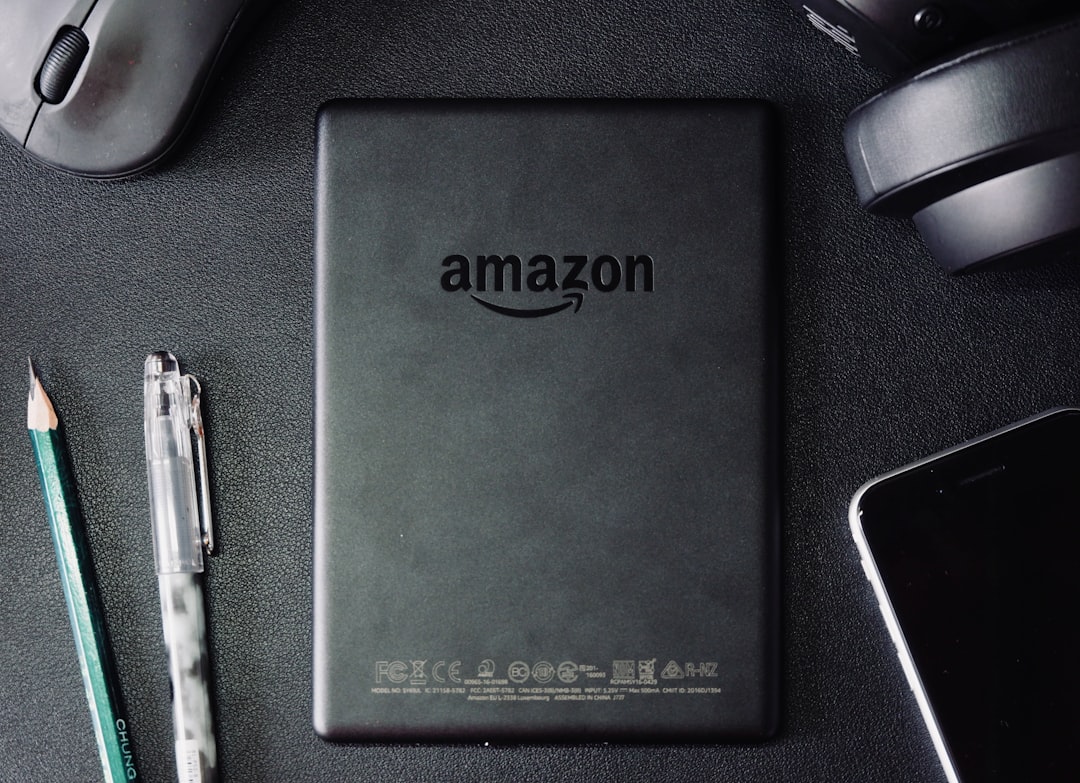Amazon’s Prime Day event has set new records, solidifying its position as the largest sales day in the company’s history. The two-day extravaganza witnessed consumers in the U.S. spending a staggering $12.7 billion, marking a 6.1% year-over-year growth, according to data from Adobe Analytics. This impressive figure highlights the success of Amazon’s annual Prime Day event, which occurred on July 11 and 12 this year.
The online retail giant reported that shoppers purchased over 375 million items during the two-day sale event, showcasing substantial growth compared to last year’s 300 million items sold. The initial day of the Prime Day event saw a nearly 6% rise in U.S. sales from the previous year, amounting to $6.4 billion. On the second day, consumer spending increased by 6.4% year-over-year, reaching $6.3 billion.
As a result of this remarkable performance, Amazon’s shares experienced a boost of up to 2.1% in pre-market trading on Thursday following the conclusion of Prime Day.
Data firm Numerator revealed that customers spent an average of $54.05 per order this year, reflecting an increase from last year’s average order size of $52.26 during Prime Day. Moreover, Amazon proudly announced that Prime members saved over $2.5 billion across various deals during this year’s event.
Several categories emerged as top performers during Prime Day, including home goods, fashion, and beauty products. Adobe Analytics also highlighted significant growth in specific sectors on the second day of the sales event: appliances experienced a remarkable 52% surge compared to average daily sales in June; housekeeping supplies jumped by 27%; electronics rose by 15%; apparel witnessed a notable increase of 24%; and office supplies skyrocketed with a staggering growth rate of 76%, largely fueled by back-to-school shoppers.
Mobile shopping played a crucial role, with smartphones accounting for 44.8% of sales on the second day of Prime Day, an increase from 41.5% in the previous year. This data showcases consumers’ growing comfortability with shopping on smaller screens.
Additionally, Buy Now Pay Later (BNPL) services gained traction during the event, with 6.5% of orders utilizing this payment option. The usage of BNPL drove $927 million in revenue, marking a substantial 20% year-over-year growth. Adobe Analytics emphasized that categories such as apparel, furniture/home, and electronics were major contributors to the increased usage of BNPL services.
Vivek Pandya, a lead analyst at Adobe Digital Insights, commented on consumer behavior during Prime Day. He noted that shoppers have embraced more flexible ways to manage their spending due to persistent inflation and an uncertain economic environment. Pandya believes that the revenue growth attributed to BNPL is indicative of what can be expected in the coming months, especially as the holiday shopping season approaches.
Since its inception in 2015, Amazon’s Prime Day has become an annual tradition eagerly anticipated by customers. Aside from driving sales and attracting new paying customers, Prime Day also serves as a platform for Amazon to promote its own devices such as smart speakers and tablets.
While last year featured two separate Prime Day events held in July and October respectively, it remains unclear whether Amazon plans to repeat this strategy for this year’s Prime Day sales.
